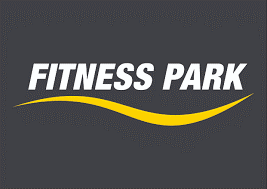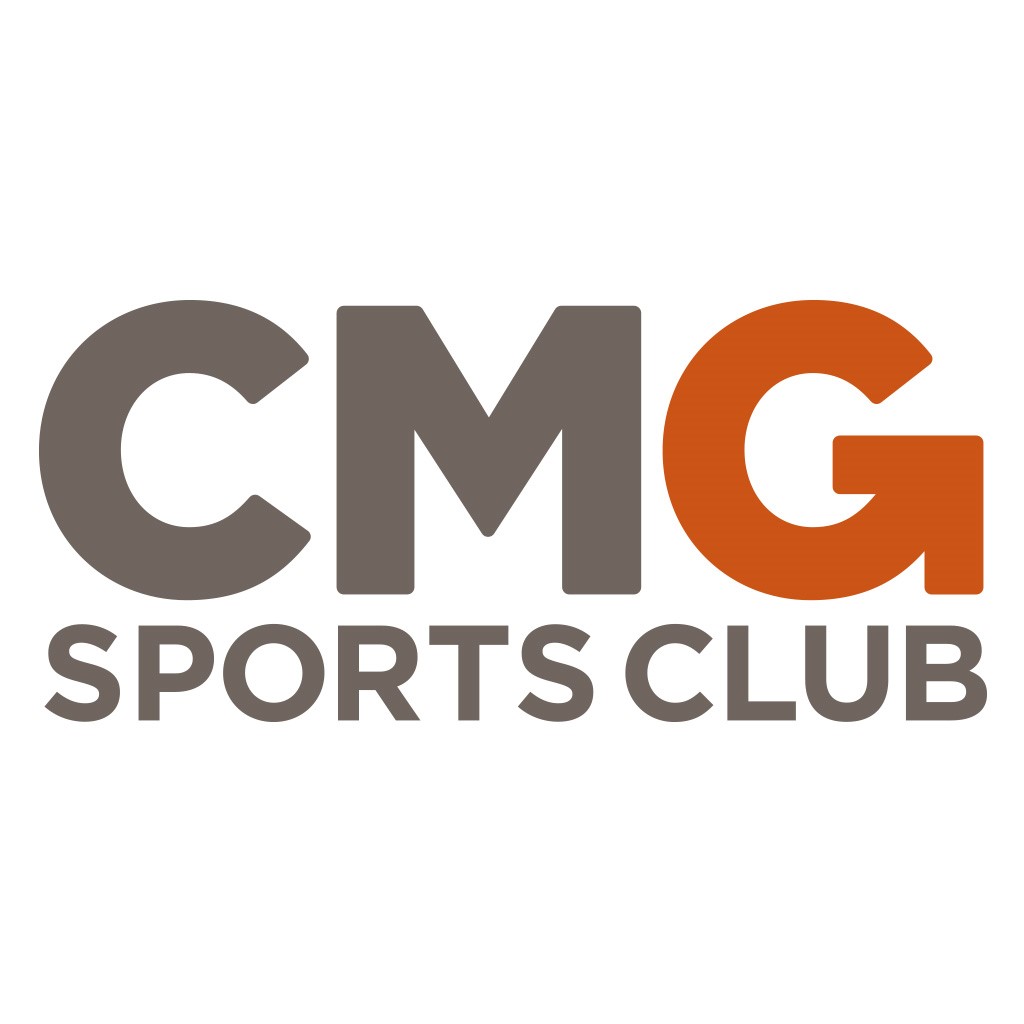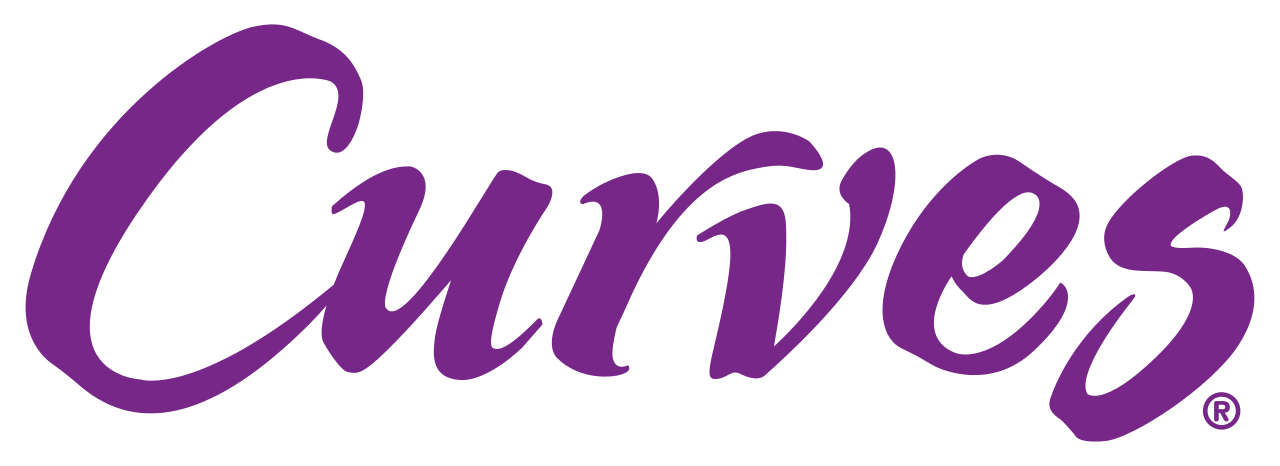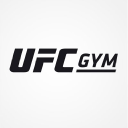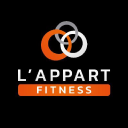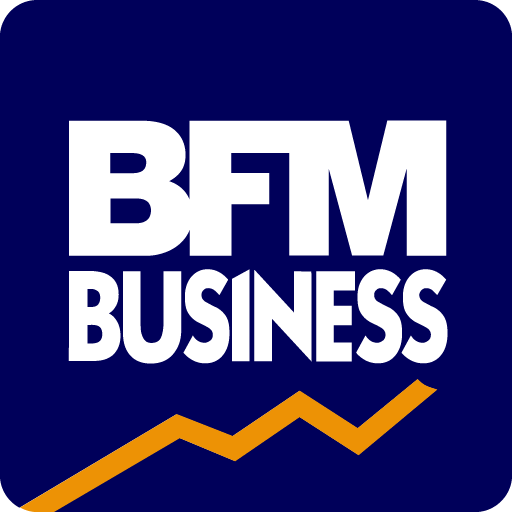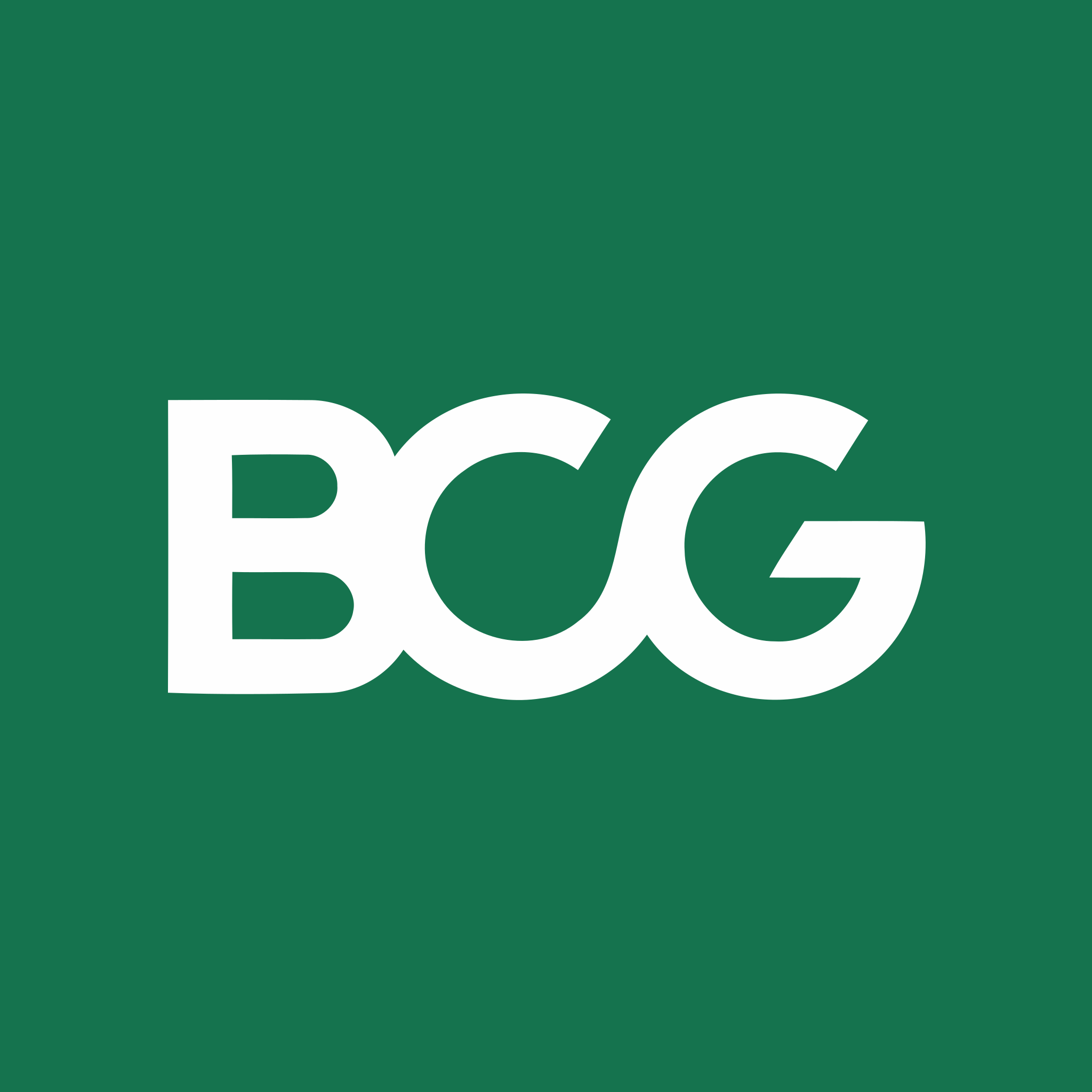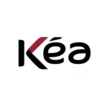Summary
The global fitness market experienced robust growth despite the challenges posed by the COVID-19 pandemic. After a slight dip, with the industry valued at over $91 billion USD, it is expected to expand at a compound annual growth rate of 7.67% from 2023 to 2030. The fitness equipment segment also remains strong, valued at $15 billion in 2022, with expectations of continued growth at a 4% compound annual growth rate through to 2032. The United States continues to lead the market, while Europe, with a market size estimated at 22.9 billion euros and approximately 56.9 million members in fitness centers, also showcases significant activity. The sector is characterized by an increase in health awareness, a surge in the use of fitness apps and connected devices, and a rising demand for boutique and sport-health centers.
The French market mirrors this trend, having recovered well from the health crisis with 6.5 million registered members in fitness centers by the end of 2022 and reaching a market size of 2.17 billion euros. Digital fitness has become increasingly popular, propelled by the engagement in social challenges and remote fitness coaching. Regulations require staff and trainers to hold relevant state diplomas, and fitness gyms to comply with certain obligations as EAPS (établissement d'activités physiques et sportives) and ERP (establishments open to the public).
Trends and Dynamics of the Fitness Market Demand
The fitness market in the country in question has been experiencing a remarkable expansion, reflecting a burgeoning interest among the population towards maintaining physical fitness. The driving force behind this surge is multifaceted, with health consciousness playing a pivotal role.
A notable segment of society is engaging in physical activities not just for leisure but also as part of a health-oriented lifestyle. This shift is particularly seen in the fight against obesity, which, coupled with the rise in disposable income and government health expenditure, has significantly bolstered the growth of the fitness sector.
Forecasts are optimistic, expecting the market to climb at a compound annual growth rate of approximately 7.67% over 2023-2030. Within this marketplace, fitness equipment alone is expected to see a growth rate of about 4% up to the year 2032, with cardiovascular equipment dominating over 60% of this vertical.
Geographically, there's a concentration of fitness activities within Europe. Despite a contraction in recent years due to economic turbulence, the European fitness market is still substantial, valued at about 17 to 23 billion euros. Countries like Germany, the UK, and Spain account for nearly 43% of this market. In terms of spending, Italians lead with an average annual fitness budget of around 2,000 to 2,500 pounds, closely followed by France and Germany.
In France, the domestic market is robust and has grown to reach 2.17 billion euros, with 6.5 million registered members in fitness facilities by the end of 2022. This growth is supported by major fitness networks such as L'Orange Bleue, Keepcool, and Neoness and driven by the population's mounting interest in fitness and socio-demographic trends, such as the emphasis on appearance, well-being, and performance amplified by social media influences.
Notably, the sector grew by approximately 22% between 2022 and 2023, despite the setbacks it faced during the health crisis in 2020 and 2021. The rising popularity of fitness among the French is reflected in their resolutions to engage more in sports, with about 43% willing to increase their physical activity for health, stress reduction, or aesthetic reasons. Fitness ranks as the second most popular sport.
Navigating the Competitive Landscape: Key Operators in the Modern Fitness Market
The fitness market has seen a rise in both diversity and competition, with several key players positioning themselves prominently within the industry. Here's a look at some of the main operators distinguishing themselves in this dynamic sector.
Basic-Fit: As one of the leading fitness chains, Basic-Fit boasts a strong presence with around 780 clubs. With membership fees starting at €19.99 for the Basic package, Basic-Fit competes on accessibility and affordability. The club also offers a range of services such as group classes, sports drinks, personal coaching, and access to international clubs, catering to various fitness needs and preferences.
Fitness Park: At Fitness Park, members are met with an attractive membership fee of around €30, aligning with a commitment to provide quality services at reasonable prices. Fitness Park enjoys a significant reach with approximately 260 clubs and promotes additional offerings that include sports drinks, body contouring machines, and international club access as part of its unique selling propositions.
Keep Cool: Positioned as a wellness-centric fitness club, Keep Cool operates about 270 clubs. Their premium package at €39 articulates their emphasis on providing an elevated experience, which includes digital coaching, sports assessments, and the luxury of personal coaching.
L'Orange Bleue: L'Orange Bleue's widespread network of about 400 clubs signifies its notable footprint in the sector. A membership fee beginning at €29.90 for the Enjoy package, with an emphasis on commitment, group classes, member follow-up, and a comprehensive wellness offer, demonstrates L'Orange Bleue’s dedication to comprehensive fitness solutions.
Magic Form: With a network of 60 clubs, Magic Form showcases its Magic One package at €29.90, offering a diverse array of classes, including yoga and Pilates, alongside innovative offerings for children. This player appeals to family-oriented customers looking for a blend of traditional and modern fitness services.
L'appart Fitness: Operating 116 clubs, L'appart Fitness emphasizes its competitive pricing with the Advantage package priced at €34.99. The brand differentiates itself by providing a mix of online, room, and outdoor classes, as well as traditional group sessions.
Neoness: Although Neoness operates a comparatively smaller network of 29 clubs, they are a force to reckon with, providing a Reward package that starts at €34.99. Their offerings, including sports drinks and online classes, ensure that their members have varied avenues to fulfill their fitness needs.
to understand this market
Detailed content
 Inforamtion
Inforamtion
- Number of pages : 30 pages
- Format : Digital and PDF versions
- Last update : 21/03/2024
 Summary and extracts
Summary and extracts
1 Market summary
1.1 Definition and scope of study
The fitness market encompasses all sports centers where you can enjoy physical activity linked to the well-being of your body. Typically, fitness centers offer individual exercise, group classes, personalized supervision and relaxation, with spa and zen rooms, for example.
In addition to fitness clubs, the fitness market has recently come to include apps offering personal trainers, outdoor fitness communities, as well as apps and connected objects for measuring performance.
Worldwide, the fitness sector is expanding, driven by increased health awareness and higher disposable income. The global compound annual growth rate underscores this expansion, as it was estimated at 5% over the 2017-2020 period.
The French market is experiencing the same trend. Even though the health crisis and the successive confinements that accompanied it had a major impact on fitness club activity, it has now recovered well and is once again showing good growth prospects.At the same time, as the market develops, competition increases, putting pressure on prices. At the same time, the range of services on offer is constantly evolving, with more personalized and affordable solutions.
1.2 Robust growth on the global market
Size of the fitness market World, ****-****, in billions of USD Source: ****
In ****, the global fitness industry is valued at over ** billion USD, down slightly from **** after a period of growth between **** and ****. Growth in demand is mainly due to increased health awareness, and in particular the fight against obesity, which ...
1.3 A geographically concentrated European market
the European market is worth mentioning for its size; although smaller than the US market, Research and Markets rican market, in ****, Research and Markets estimates the European fitness market at **.* billion euros, for a total of around **.* million members in European fitness centers. European fitness market Europe, ****-**** Source: Research and ...
1.4 The strength of domestic market signals
With *.* million people registered by the end of ****, the fitness market has reached *.** billion euros. [***]. This trend is set to continue until at least ****, underpinned by three main factors:
The major ambitions of well-known networks such as L'Orange Bleue, Keepcool and Neoness, which will stimulate demand. French people's growing interest in ...
1.5 The effects of the Covid-19 pandemic on the fitness market: A shrinking market
Fitness gyms sales index France, ****-****, Base *** in **** Source: ****
On the one hand, we note that fitness gyms have obviously suffered from the *st confinement (***). On the other hand, we can also see that the recovery has begun slowly for fitness centers, insofar as the sales index for the November-December-January-February ****/**** period ...
2 Demand analysis
2.1 The growing popularity of fitness among the French
The fitness market is profoundly impacted by the growing number of French people practicing sports. While some of their sporting activities are purely for leisure, others are motivated by an awareness or even a trend towards sporting activities for health or aesthetic reasons. In January ****, a survey conducted by Odoxa revealed ...
2.2 Demand trends
Interest in fitness is highly cyclical
Fitness" searches on Google Trends France, ****-****, in index of google trends searches Source: ****
The graph above represents the proportion of searches for a given term in a given region over a given period of time, relative to when it was most searched for (***). Thus, ...
2.3 The impact of the global pandemic on the fitness market: towards an increase in home sports practice
In a report by INJEP (***), compared with **% in ****.
Main place of sporting activity France, ****/****, in Source: ****
We can see that sport at home is becoming firmly rooted in French habits. Indeed, this is underlined by the rise in the percentage of home sports practice, which was **% in **** excluding confinement , compared with ...
2.4 OpinionWay survey on brand awareness (exclusive)
As part of our partnership with MFP, we conducted a survey on the awareness of gyms in France in ****.
Here are some of the results:
French people's favorite gyms France, March ****, in Source: ****
In the fitness market, three leaders stand out for their strong positioning. Basic-Fit leads the way with a ...
3 Market structure
3.1 Market overview, the different structures: gym, fitness center, sport-health centre
According to the Robert dictionary, fitness is a "set of activities designed to maintain physical fitness by means of exercises performed with the aid of equipment". However, several places and gyms exist, so here's a quick overview:
Source: ****
All these centers and gyms generally offer cardio, strength training and stretching equipment. ...
3.2 Companies and workforce: a dispersed and increasingly saturated market
companies and employees of fitness center activities
Industry, companies and jobs France, ****-****, in units Source: ****
In ****, *,*** companies were registered under NAF code **.**Z, which covers fitness and body-building clubs and centers, with **,*** employees. Despite the drop recorded in ****, these figures have overall increased by **% and **% respectively since ****, testifying to a ...
3.3 The players: a highly fragmented market with no omnipotent player
There are several different types of player: there are very high-end gyms offering maximum on-site comfort, but also intermediate gyms and, finally, low-cost gyms which have disrupted the market over the last ten years by offering significantly lower subscription prices. The democratization of fitness and the exacerbation of competition have enabled ...
4 Offer analysis
4.1 Room comparison: room rates, activities
Different fitness packages
Source: ****
Pricing is an ongoing war and remains an essential aspect for companies to differentiate themselves, which is why prices are very different depending on the club. In fact, in ****, according to Deloitte, the average price was €** per month (***)[***]. Averaging the prices shown in the previous table, we ...
4.2 The digitization of supply
Like most sectors, the fitness market is no exception to the trend towards digitalization, which has been further accentuated by the COVID-** health crisis and confinements. Practising at home with the aid of CDs, watching classes on TV or on the Internet, has been around for years, but "digital fitness" has ...
4.3 Sports nutrition, a lever for fitness centers
Several centers have partnerships with sports nutrition brands. Basic Fit and Fitness Park, for example, both offer the Yanga sports drink in their gyms.
Having nutrition offers within gyms is a way of increasing revenue, especially as the sports nutrition market is booming. The Lactalis Group highlights this in an article ...
5 Rules and regulations
5.1 Regulations
In theory, no diploma is required to open a gym. However, staff and trainers must hold a state diploma in order to work in the establishment. Here is a list of diplomas relevant to this activity: Brevet d'Etat d'éducateur sportif option métiers de la forme, BPJEPS, DEUST des métiers ...
6 Positioning the players
6.1 Player segmentation
6.2 Online market share of gym brands in France
Based on estimates of Internet traffic in France for the various brands, we can obtain an initial estimate of the market shares of the main gym brands in France.
These data are obtained from access to databases, including SEMRUSH, and enable us to compare websites with each other over a given ...
- Neoness (Group3S)
- Vita Liberté
- KeepCool
- L’Orange Bleue
- Club Movin
- Basic-Fit
- CMG Sports Club (Club Med Gym)
- Curves
- MMA Factory
- UFC GYM
- L'Appart Fitness
- N4 Brands Fitness Boutique
- Zumba Fitness France
- Fitness Park Group
- GigaFit
- Elancia
- BodyHit
- Iron Bodyfit
- Miha Bodytec
- On Air Fitness (Keep Cool groupe)
- Resofit Les Clubs
- Wake Up Form
- Wefit club
- Planet Fitness Equipements
- Magic Form (Groupe Mateus)
- Liberty Gym
- Vert Marine
- Les Cercles de la Forme
- Pro Trainer
- MyoTec
 List of charts
List of charts
- Past trends in the health and fitness club market
- Size of the fitness equipment market
- Fitness market forecasts
- Geographical breakdown of the fitness market
- Fitness market size by country
All our studies are available online in PDF format
Take a look at an example of our research on another market!
Latest news
Companies quoted in this study
This study contains a complete overview of the companies in the market, with the latest figures and news for each company. :
 Choosing this study means :
Choosing this study means :
Access to more than 35 hours of work
Our studies are the result of over 35 hours of research and analysis. Using our studies allows you to devote more time and added value to your projects.
Benefit from 6 years' experience and over 1,500 industry reports already produced
Our expertise enables us to produce comprehensive studies in all sectors, including niche and emerging markets.
Our know-how and methodology enable us to produce reports that offer unique value for money.
Access to several thousand articles and paid-for data
Businesscoot has access to all the paid economic press as well as exclusive databases to carry out its market research (over 30,000 articles and private sources).
To enhance our research, our analysts also use web indicators (semrush, trends, etc.) to identify market trends and company strategies. (Consult our paying sources)
Guaranteed support after your purchase
A team dedicated to after-sales service, to guarantee you a high level of satisfaction. +44 238 097 0676
A digital format designed for our users
Not only do you have access to a PDF, but also to a digital version designed for our customers. This version gives you access to sources, data in Excel format and graphics. The content of the study can therefore be easily retrieved and adapted for your specific needs.
 Our offers :
Our offers :
the Fitness Market | France
- What are the figures on the size and growth of the market?
- What is driving the growth of the market and its evolution?
- What is the positioning of companies in the value chain?
- Data from several dozen databases
Pack 5 études (-15%) France
- 5 études au prix de 75,6€HT par étude à choisir parmi nos 800 titres sur le catalogue France pendant 12 mois
- Conservez -15% sur les études supplémentaires achetées
- Choisissez le remboursement des crédits non consommés au terme des 12 mois (durée du pack)
Consultez les conditions du pack et de remboursement des crédits non consommés.





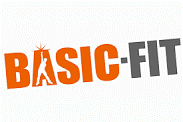 How Basic-Fit, Europe's leading fitness company, made its mark in France - 25/01/2024
How Basic-Fit, Europe's leading fitness company, made its mark in France - 25/01/2024
 How Fitness Park reached the million member milestone | Fitness Park reaches the million member milestone. - 22/10/2023
How Fitness Park reached the million member milestone | Fitness Park reaches the million member milestone. - 22/10/2023
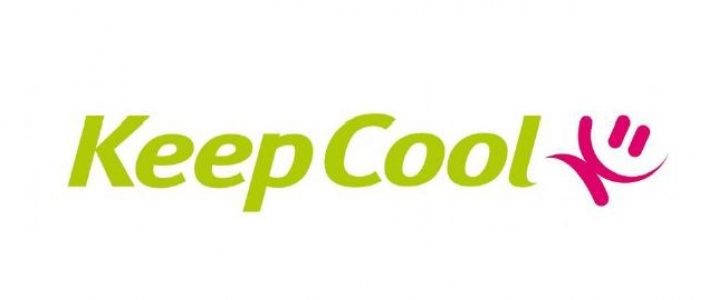 Sports facilities: Keepcool and On Air projects in Nîmes - 11/09/2023
Sports facilities: Keepcool and On Air projects in Nîmes - 11/09/2023
 Gymlib and Cercles de la Forme join forces - 25/05/2023
Gymlib and Cercles de la Forme join forces - 25/05/2023
 Fitness Boutique is committed to French manufacturing for its exercise bikes. - 09/03/2023
Fitness Boutique is committed to French manufacturing for its exercise bikes. - 09/03/2023



